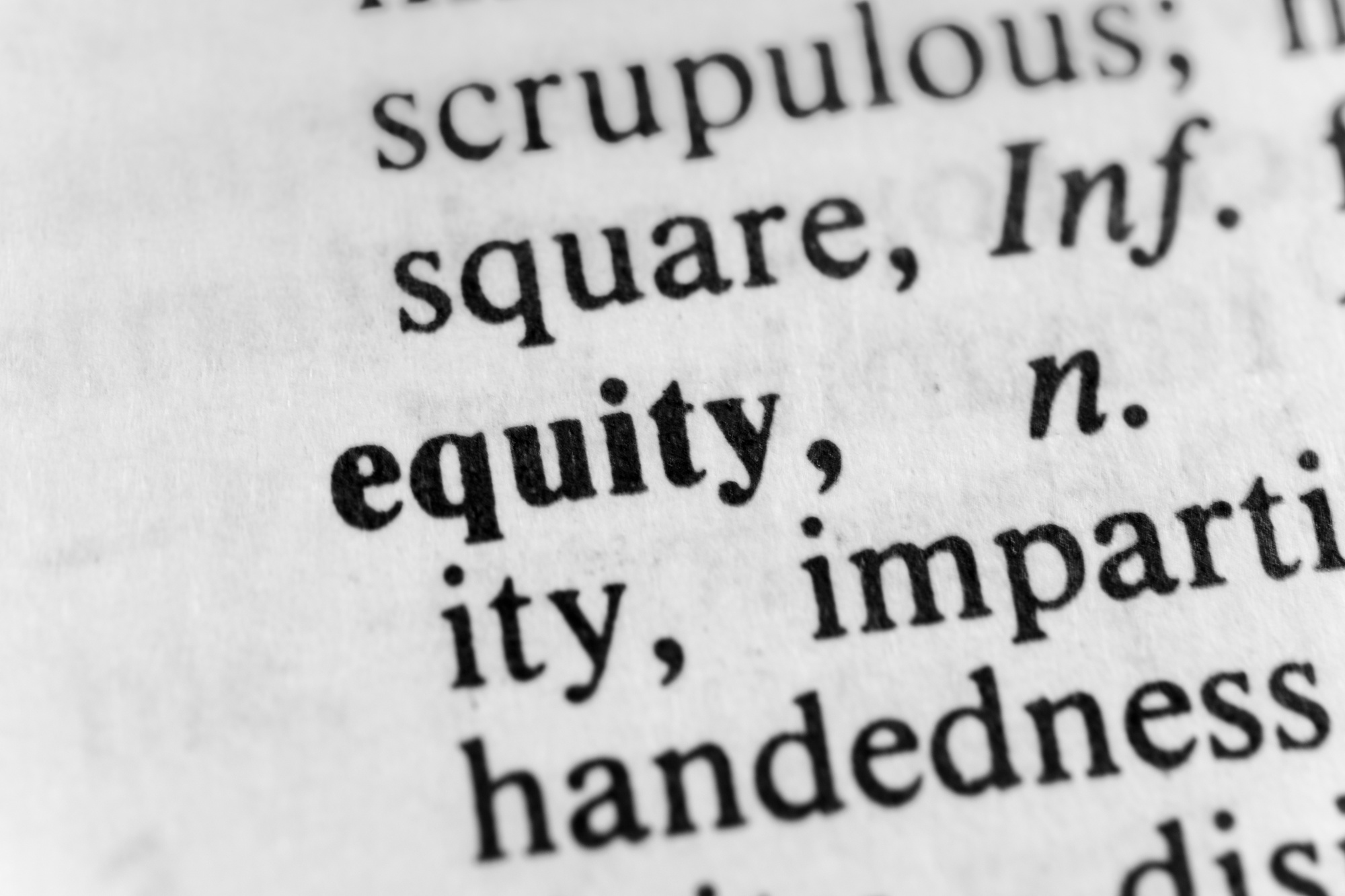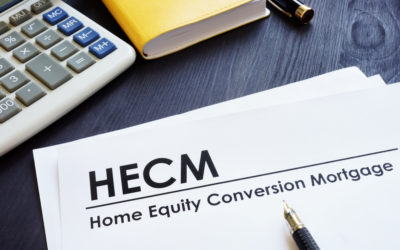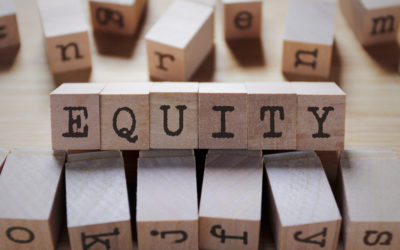The average price of a house in the US is $428,700 in 2022.
Owning a home offers a range of benefits, and one of those is establishing equity. While paying off a mortgage, you slowly gain full ownership of the property. This equity can increase your net worth, and you may even be able to take out loans against it.
So what is home equity, and what do you need to know about it? Take a look through this guide to home equity to find out.
What Is Home Equity?
You can calculate your home equity by taking the amount you currently owe on your mortgage and subtracting the current value of your home. This naturally changes with time, and it can fluctuate for various reasons. When you have enough home equity, you may be able to get a HELOC (home equity line of credit) or a home equity loan.
Home Values Change
Over the years, the value of homes tends to go up. When this happens to your home, it can increase your equity even if there’s no change in your mortgage balance.
A home that’s worth $400,000 with a $200,000 mortgage will provide $200,000 in equity. Over time, the value of this home may increase to $450,000 without your mortgage balance changing, resulting in a new equity of $250,000.
It’s worth noting that if the value of your home drops faster than you’re paying off your mortgage, your home equity will go down. You can also have negative equity if the amount you owe on your mortgage is greater than the value of your home.
Decreased Mortgage Balance
With every mortgage payment, your home equity will increase. If you decide to make larger payments on your loan to pay it off faster, your equity will also grow more quickly.
Once you get to 20% equity, you can apply to cancel your PMI (private mortgage insurance). This is an additional monthly cost, so getting rid of it will help save you more money in the long run.
How Can You Use Your Home’s Equity?
One of the main benefits of home equity is that you can get a home equity loan or a HELOC. You can use your equity as collateral, and people often do this for things like major purchases, home improvements, or debt consolidation.
Many lenders use an LTV (loan-to-value ratio) to compare the value of your property with your mortgage debt. This value is simply how much you owe divided by the value of your home. Lenders will typically give you a loan that’s about 80% – 85% of your equity.
Best Options to Borrow Against Your Home’s Equity
You can take out a home equity loan for a variety of reasons. There are a few different ways you can do this.
HELOC
You may be able to get approval from a bank or a credit union for a credit limit that will be based on how much equity you have. This is a revolving credit line that you can use multiple times throughout the draw period. HELOC generally has variable interest rates, and you’ll pay interest on what you use, not the total amount of the credit line.
Home Equity Loan
This works more like a traditional loan, where you get a lump sum upfront and pay it back in regular installments. Both the interest rate and the monthly payments are fixed. They usually have lower interest rates than things like credit cards and personal loans.
Home equity loans and HELOCs are separate from your mortgages and are known as second mortgages. A home equity loan has no effect on your repayment period or mortgage rate.
Cash-Out Refinance
This involves replacing your current mortgage with a new one. You’ll take about a loan that’s larger than your current mortgage and pay the old one off. You then receive the amount that’s left over.
This new loan will have a different interest rate and the repayment period. Depending on the new interest rate, it might not be worth taking this route.
Cash-out refinancing often comes with additional closing costs. HELOCs and home equity loans may have these too, but they tend to be more expensive with cash-out refinancing.
How to Build More Home Equity
Increasing your equity can have several benefits. There are various ways that you can achieve this.
Put Down a Larger Payment
By making a larger payment, you can establish more equity in a shorter time. You can also avoid PMI sooner, helping you save more money.
Make Extra Mortgage Payments
By making additional payments, you can gradually reduce your overall mortgage principal. Even if it’s small payments, it will still help. You may choose to make regular monthly payments or to do larger lump-sum payments.
Complete Remodeling Projects
Various home improvement projects can increase the value of our property, resulting in greater equity. Some typical things you can do are:
- Refinishing floors
- Adding a bedroom or bathroom
- Adding an accessory dwelling unit
If you use HELOCs or home equity loans for home improvements, they may come with some tax benefits. In most cases, the interest on these is tax deductible.
Waiting for Property Values to Rise
Over time, homes generally increase in value. This can be a slow process, but it’s a way of building more equity without having to do anything. It’s also worth bearing in mind that property taxes can also increase with time, which leads to higher ownership costs.
Making the Best Use of Your Home Equity
So you’re no longer asking “what is home equity?”, but you may still be wondering how you can best utilize it. Reverse mortgages are similar to HELOCs and home equity loans, allowing you to turn your equity into accessible funds.

 1-866-840-0279
1-866-840-0279


